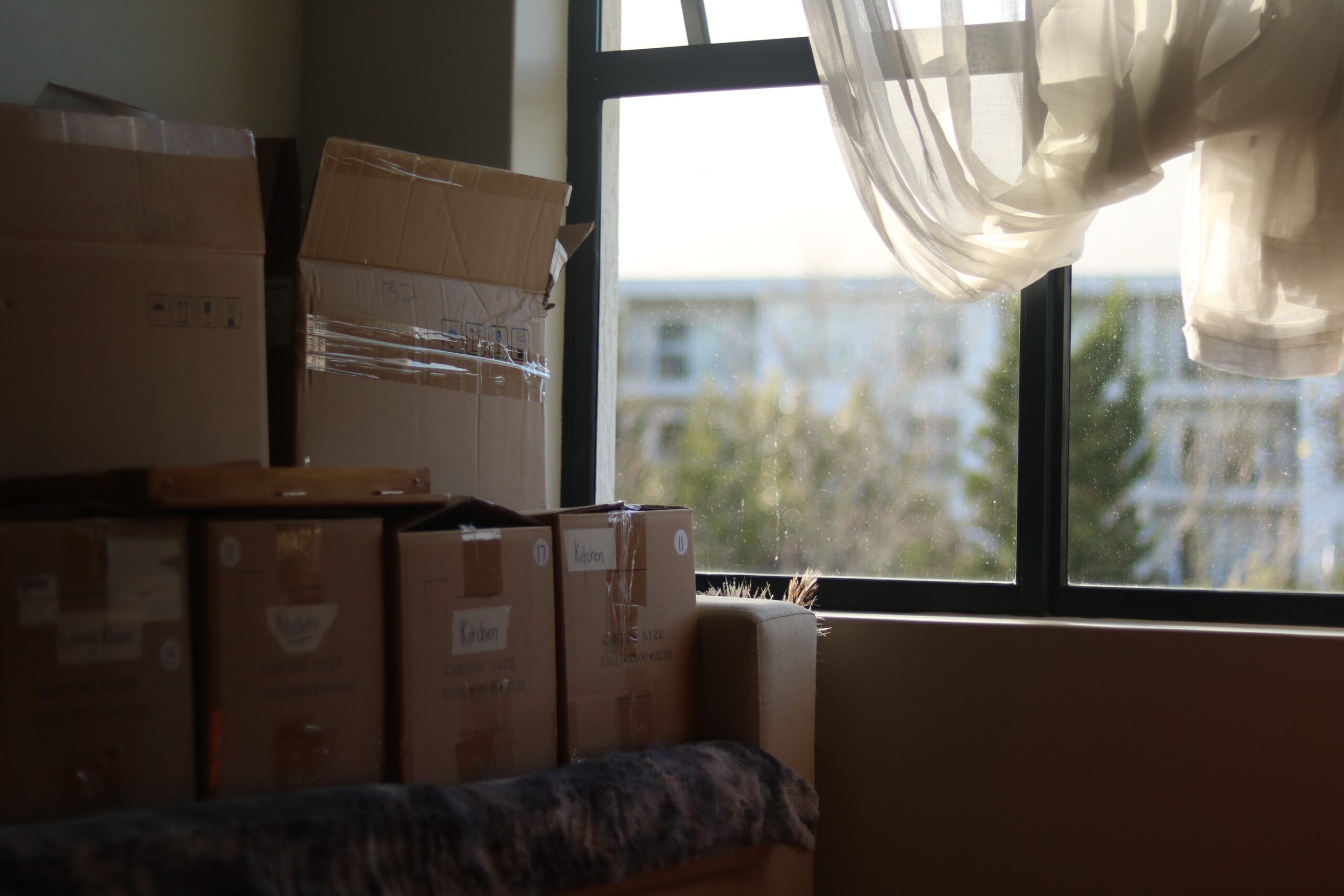During your lease, you may find that you cannot or do not want to live in the apartment. Perhaps work pulls you to a different location for a month or two, you need to go take care of a relative across the country, or you’re finally planning that backpacking trip through Europe. Whatever the case may be, you likely do not want to pay rent for a unit that you will not occupy. This is where subletting becomes an option.
What is subletting?
Subletting, sometimes referred to as subleasing, is when a tenant rents out their home for a period of time (or the remainder of their lease) to a third party known as a sublessee. The sublessee takes over rent, utilities, and responsibility for the apartment under a sublet agreement.
However, it is not always straightforward and easy for a tenant to sublet their apartment. While New York state laws permit subletting, many loopholes exist in the landlord’s favor to restrict a tenant’s ability to sublet.
How are subletting and subleasing different?
While many people use the terms sublet and sublease interchangeably, there are differences between the two.
Subletting
Is a rental agreement with the landlord as they are “reletting” the apartment to a new renter. The original tenant will no longer be responsible for paying the rent, however, the lease terms may stay the same. This can also be referred to as a “lease takeover.”
Subleasing
Is an agreement where the original renter remains on the lease and is responsible for rent and damages. A secondary tenant would then lease the space from the original tenant with the landlord’s approval.
Can a tenant sublet?
You can legally sublet your apartment in New York City, but some landlords may explicitly state that their tenants are not allowed to do so under the rules of their lease. There may also be limits to the amount you can charge for rent. You are entitled to request permission to sublet from your landlord, and that landlord cannot unreasonably deny the request.
In New York City, you must have your landlord’s written consent to sublet an apartment. This request must be sent via certified mail to the landlord, along with a good reason you would like to have a sublessee. You must maintain the apartment as your permanent residence and plan on returning to the dwelling at some point. The multiple dwelling law claims that a sublease must last for at least thirty days and not exceed two years to retain legal protection from the city.
If you fall into the following categories, you are not legally allowed to sublet your apartment:
- Public housing (HUD and Section 8) inhabitants and renters who receive subsidies such as FEPS, SCRIE, or DRIE,
- Tenants in nonprofit buildings,
- Tenants in co-ops or condo apartments,
- Tenants in rent-controlled spaces.
What happens if a landlord rejects a tenant’s request?
A landlord can reject a tenant’s request to sublet for any of the following reasons:
- Tenant fails to follow proper procedure in requesting permission.
- They do not demonstrate a valid reason for being away from the apartment. (Good reasons include going away for a temporary job assignment, a school or educational obligation, caring for sick relatives, etc.)
- No evidence of a plan to return to the apartment.
- The proposed tenant doesn’t have a stable income or good credit history.
- The proposed tenant has a criminal record or a history of being sued for eviction by previous landlords.
If your landlord unreasonably denies a request to sublet, you can legally move forward with the sublet process but must first ensure you are prepared to defend your actions in court. If your landlord takes you to court and you win, the landlord becomes responsible for paying your legal fees.
How to sublet
To sublet an apartment, you must inform the owner of your intent to sublease by physically mailing the terms of the sublease, the name of the proposed subtenant along with their information, and the reason for subletting. The owner then has ten days after you mail the intent to ask for additional information. Within thirty days of the mailing the intent, the owner must send a reply and either consent to or deny the request. If you do not receive a response within thirty days, it qualifies as consent.
How to find a subletter
There are several ways you can find a subletter to occupy your apartment.
Advertise on RentHop
You can create a listing on RentHop and advertise the apartments to prospective renters. Through a standard listing creation process, you can input all necessary information to find a strong subletting candidate. As one of the top rental sites in New York City, the site generates a high volume of traffic and provides tenants with multiple options for sublet situations.
Want to learn more about how to sublet your apartment? Click here to access RentHop’s Advertising Guide.
Reach out to your community
Ideally, the best subletter comes by putting the word out among friends and family. You can ask your friends, family, and peers for contacts or simply pass your listing information along. This also helps eliminate some steps of the subletting processes, such as completing reference checks and employment verification, as you already have a pre-established connection to the subletter and can trust them.
Tips for Interviewing Subletter Applicants
- Ask for references and employment history
- Meet in-person
- Request a social security number for credit checks (if they are comfortable)
Once you find a potential sublease, you should ask them to provide three references and their employment history. If the landlord or property manager is involved, they may have applications and screening processes for any potential sublessee.
You should meet with the potential sublessee and give them a tour of the apartment. Ask questions about their employment and income, if other people will be dwelling in the apartment, whether they will be having parties or guests often and why they’re looking to sublet.
Then, you should then call the sublessee’s references and ask about their dependability, confirm their employment, and ask whether they keep a clean space. If the applicant is comfortable providing a social security number, you can run their credit report at Equifax, Experian, and TransUnion. You can even ask the potential sublessee to cover the fee for running the credit check.
Signing an Agreement
Once you find a subletter, you will have them sign a legally binding contract and make them aware that they’re subject to the terms of the master lease and the sublease. If your landlord or property manager doesn’t sign the agreement, you should give them an executed copy of the document for their records. You should have the subletter sign an agreement even if you personally know them.
Templates for every state can be found online at Public Legal. New York-specific documents are located here. Every agreement should include the following information:
- Names of subletter and sublessee
- Address of property
- Start and end dates of the sublease
- Security deposit amount (if applicable)
- The amount owed for rent, due date, and how to pay (either to subletter or directly to the landlord)
- Utility breakdown (how much – percentage or monthly amount)
- Details about property rules (guests, parking spots, pets, smoking, common areas, etc.)
- Signature and date of all parties, including landlord and/or property manager (if applicable)
Subletting rent-stabilized apartments
Tenants in rent-stabilized buildings must adhere to the following rules:
- You cannot charge your subtenant more than the current rent unless the apartment is furnished during the sublet. If furnished, you can add a 10% surcharge.
- You must maintain the apartment as you primary residence at all times, including the time of the sublet.
- The sublet term cannot last longer than two years. A landlord can grant a longer term, but the law allows them to refuse this extension if the you ask.
- The term of the sublease can go beyond the current lease and becomes subject to the terms of the renewal lease. For example, if you sublet for two years but the lease expires and renews after the first year, you can pass any rent increases to the subtenant.
Rules against Airbnb
In New York City, it is illegal to advertise short-term rentals that are prohibited by the Multiple Dwelling Law (MDL), including listing on short-term rental platforms like Airbnb. The MDL prohibits unhosted rentals that last longer than thirty days in buildings where three or more families independently reside.
The MDL does not prohibit short-term rentals with hosts, ones in private dwellings, or rentals that last longer than thirty days.









